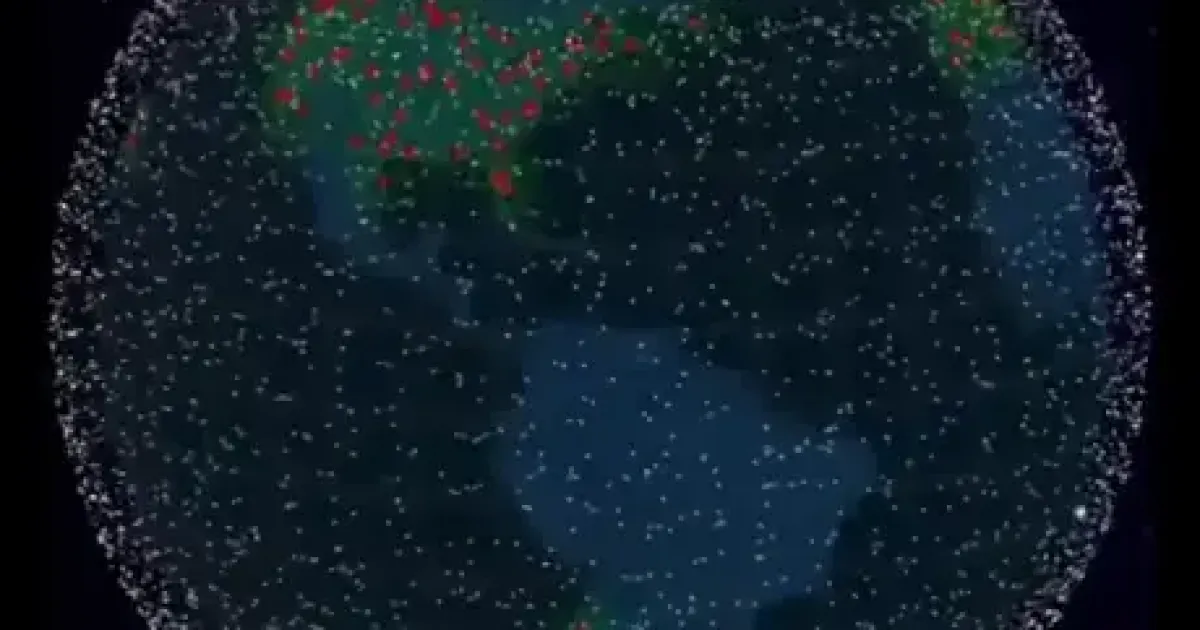
The Importance of History for Humanity
History, often viewed as a collection of past events, holds far more significance than merely recording what has happened. It is the bedrock of human civilization, shaping our present and influencing our future. The study of history is crucial for several reasons, each highlighting its profound impact on humanity.
Understanding Human Nature
History provides insights into human behavior and societal development. By studying the actions, motivations, and outcomes of people in different eras, we can better understand what drives human behavior. This knowledge helps us predict how societies might react to current and future events, fostering empathy and cultural awareness.
Learning from the Past
One of the most significant benefits of studying history is learning from past mistakes and successes. Historical events, whether triumphs or tragedies, offer valuable lessons. For example, understanding the causes and consequences of wars, economic collapses, and social movements can guide current leaders in making informed decisions to avoid repeating errors.
Cultural Identity and Heritage
History is a vital component of cultural identity. It helps individuals and communities understand their roots, traditions, and shared values. This sense of belonging and continuity fosters unity and pride among people. Preserving historical landmarks, documents, and artifacts allows future generations to connect with their heritage and maintain a sense of identity.
Building Critical Thinking Skills
The study of history involves analyzing sources, understanding context, and interpreting different perspectives. This process develops critical thinking and analytical skills. Historians must evaluate evidence, identify biases, and construct coherent narratives. These skills are transferable to various fields, enhancing problem-solving abilities and informed decision-making.
Shaping the Future
History is not just about the past; it actively shapes the future. By understanding historical trends and patterns, we can anticipate potential challenges and opportunities. History informs policy-making, education, and innovation. For instance, lessons learned from historical pandemics have guided modern public health responses to crises like COVID-19.
Preserving Human Achievements
History chronicles human achievements and milestones, celebrating progress in science, art, literature, and philosophy. Recognizing these accomplishments inspires future generations to strive for excellence and contribute to the collective knowledge and advancement of humanity.
Promoting Social Justice
Studying history highlights the struggles for freedom, equality, and justice. It brings attention to the marginalized and oppressed, ensuring their stories are not forgotten. This awareness promotes social justice and encourages efforts to create a more equitable and inclusive society.
In conclusion, the importance of history for humanity cannot be overstated. It is a treasure trove of knowledge that informs our understanding of human nature, guides decision-making, preserves cultural identity, builds critical thinking skills, shapes the future, celebrates achievements, and promotes social justice. Embracing history enables us to learn from the past, navigate the present, and build a better future.
Follow for more @HistoryEchoes
Read More...































